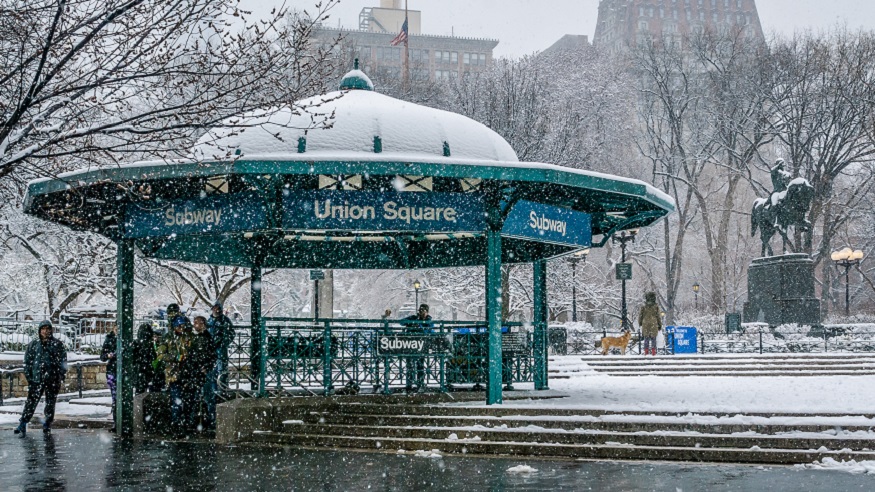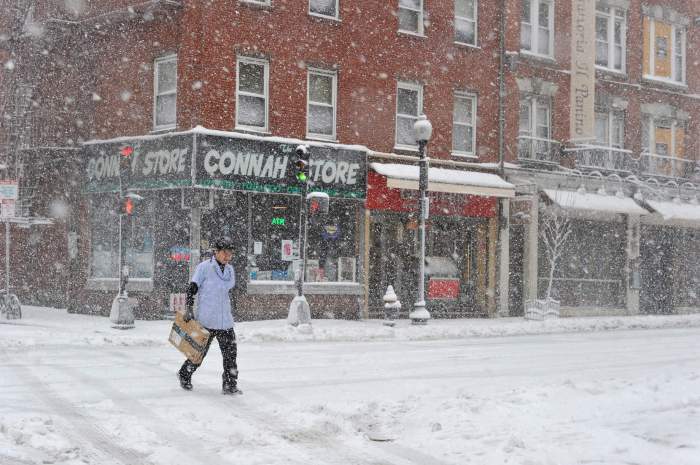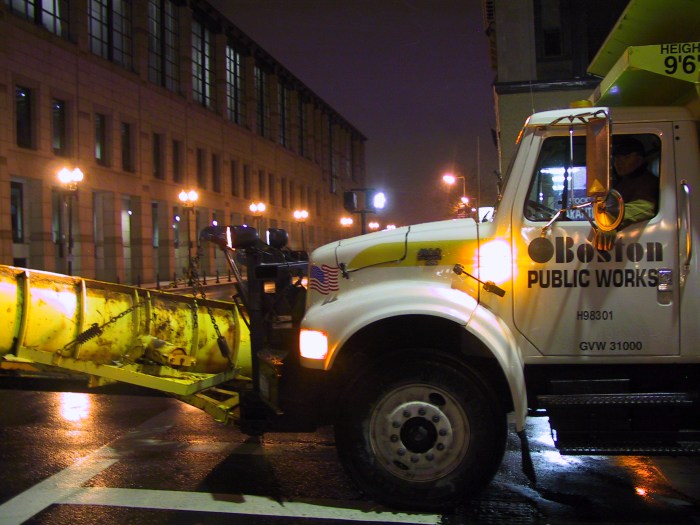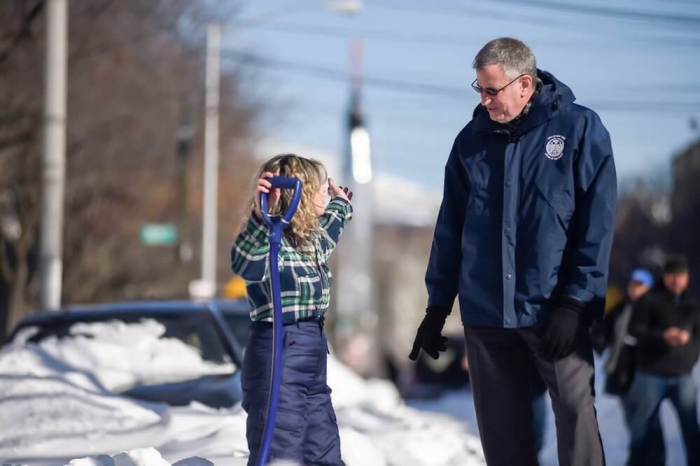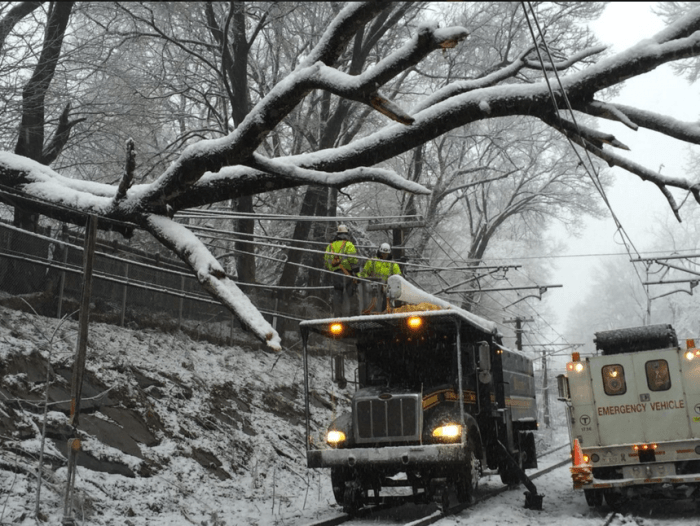New York City warns of messy travel, as news of the first big winter storm looms over the city.
According to weather.gov, New Yorkers should expect to see some mixed precipitation and possibly a small amount of snow; officials are expecting somewhere between 1-4 inches of snow accumulation across the five boroughs. It’s expected to snow Monday afternoon into Monday night.
Weather.gov also added that heavy winds from 25-30 mph combined with heavy wet snow might cause for broken branches and small power outages. They also predict hazardous travel from Monday into Tuesday morning. Although these are the current warnings, it is possible that they may change. Keep yourself up-to-date by visiting weather.gov before travelling.
NYC Emergency Management issued a travel advisory for both Sunday and Monday. They recommend taking public transportation. NYC Emergency Management Commissioner Deanne Criswell said in a press release that, “For Monday’s commute, I encourage you to use mass transit where possible as the roads could look different from when you leave home in the morning.”
The city is prepared for the storm, and it is being reported that the New York City Department of Sanitation (DSNY) is planning on deploying 705 salt spreaders across all five boroughs. Plows will be dispatched once two inches of snow has fallen.
Governor Cuomo said in a press release that, “We have state personnel and resources ready to help as needed, and I am urging all New Yorkers who are returning from their Thanksgiving trips to travel with caution and play it safe on the highways as they head home and then back to work and school on Monday.”
To help keep New Yorkers safe for the first storm of the season, officials shared this list of safety tips:
• Allow for extra travel time and exercise caution when driving, walking or biking. Consider taking public transportation wherever possible.
• Small accumulations of ice can be extremely dangerous to motorists and pedestrians. Bridges and overpasses are particularly dangerous because they freeze before other surfaces.
• Use major streets or highways for travel whenever possible.
• If you drive, use extra caution. Vehicles take longer to stop on snow and ice than on dry pavement.
• Four-wheel drive vehicles may make it easier to drive on snow-covered roads, but they stop less quickly than other vehicles.
• Know your vehicle’s braking system. Vehicles with anti-lock brakes require a different braking technique than vehicles without anti-lock brakes in snowy conditions.
• If you are driving and begin to skid, ease your foot off the gas and steer in the direction you want the front of the car to go. Straighten the wheel when the car moves in the desired direction. If you have an anti-lock braking system (ABS), apply steady pressure to the brake pedal. Never pump the brakes on an ABS equipped vehicle.
• Keep your vehicle’s gas tank as full as possible.
• Pedestrians should exercise caution and avoid slippery surfaces. Wear sturdy boots that provide traction to reduce slipping. Use handrails when using stairs.
• Seniors should take extra care outdoors to avoid slips and falls.
• Have heightened awareness of cars, particularly when approaching or crossing intersections.
• Check on family, friends, and neighbors who may need help in inclement weather — especially older adults or people with disabilities.

